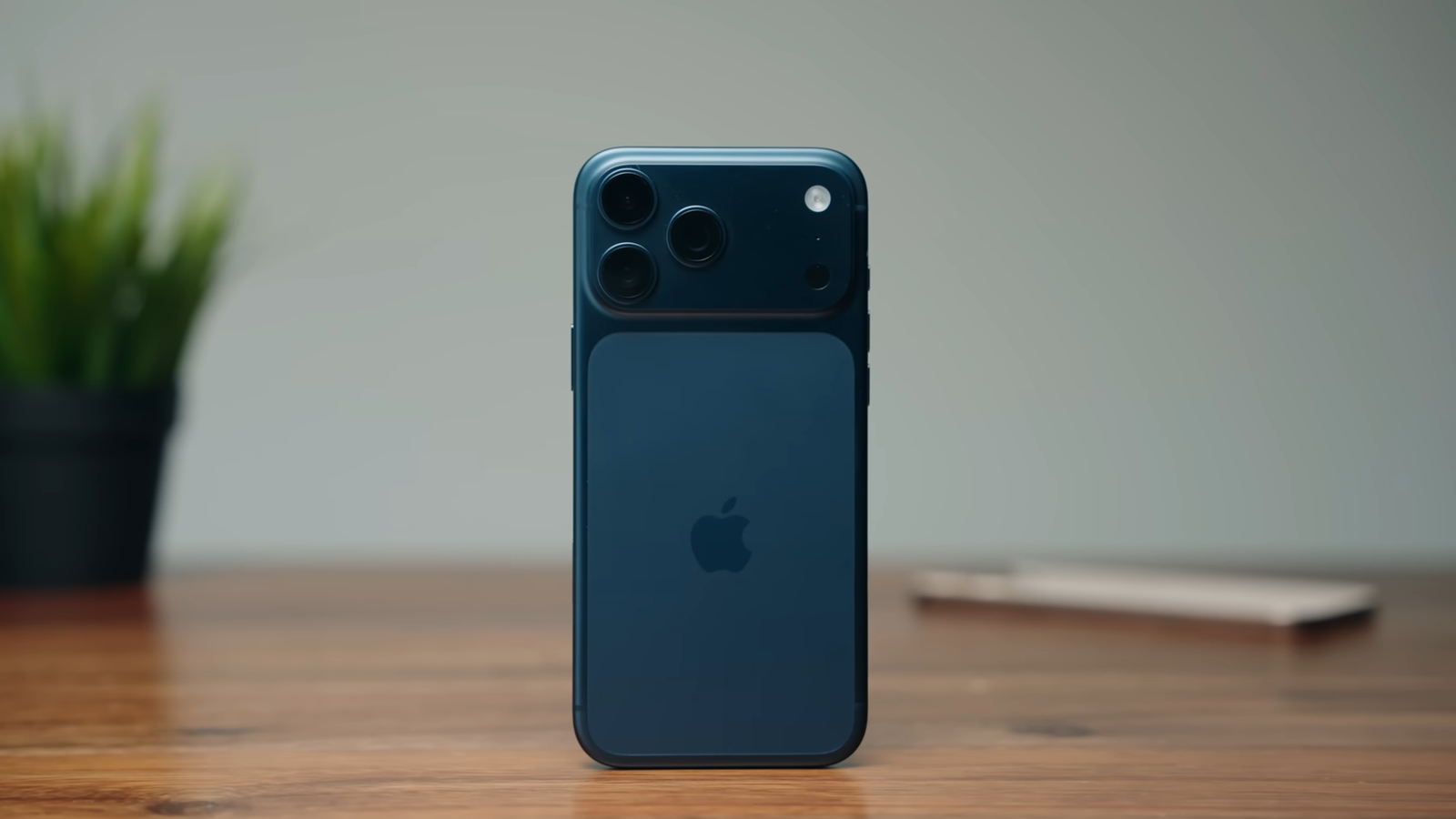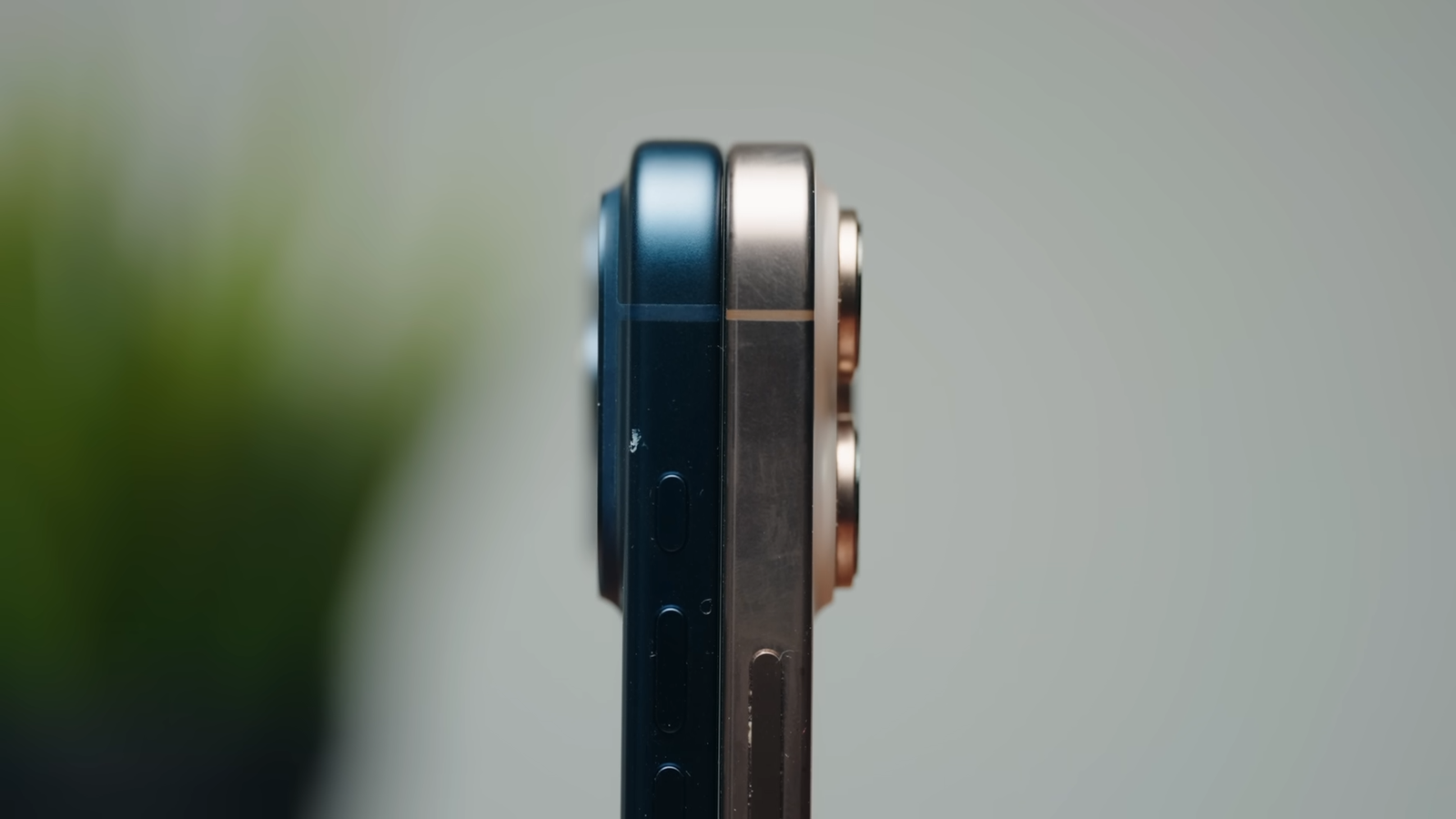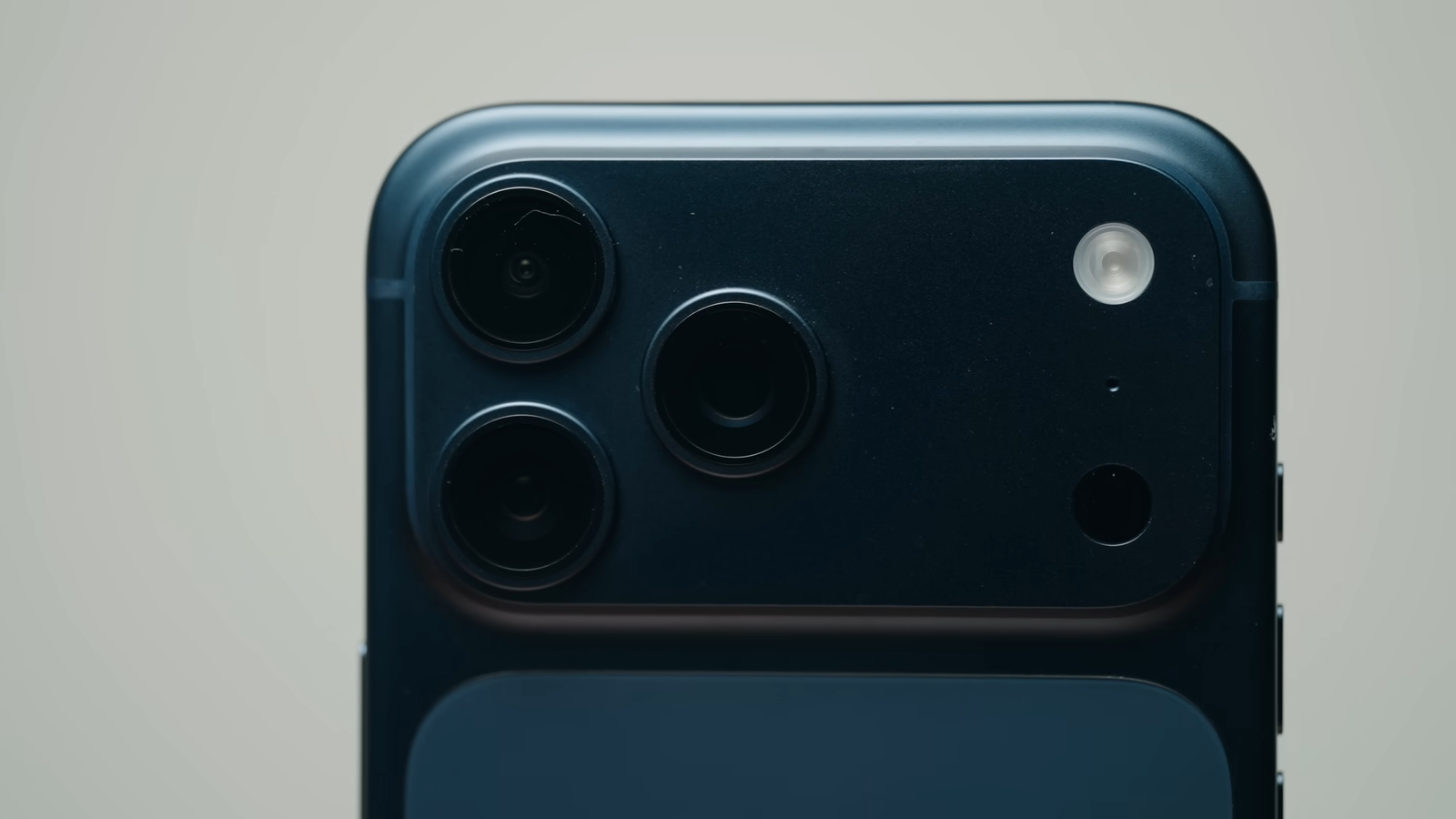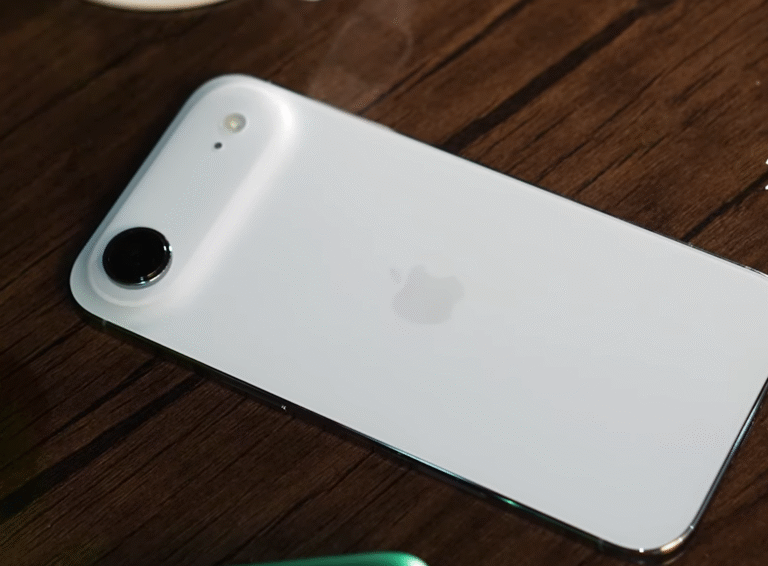
After using the iPhone 17 Pro Max for about a month, it’s clear that Apple has delivered one of the most consistent iPhone experiences in years. This short-term review focuses on real-world design, display, performance, thermals, battery life, cameras, and software updates that shape everyday use.
Design: Rounded Edges Make a Noticeable Difference
The return to rounded edges might seem like a minor design tweak, but in daily use, it completely transforms how the iPhone feels in hand. Since the iPhone 12, the squared-off edges tended to dig into the palm, making extended use less comfortable. The 17 Pro Max brings back the smooth, curved feel, which is more ergonomic and natural to hold.
Even when using a case, the phone feels more pleasant to grip. Durability is decent, though the aluminum frame scratches more easily than titanium from previous models. While this isn’t as bad as online discussions might suggest — all phones scratch eventually — aluminum is more prone to small nicks. A slight tip-over on a table was enough to leave a tiny mark on the side.
For anyone planning to keep the device in pristine condition, especially if resale value matters, using a good protective case is essential. One well-fitted rubberized case, costing under $30, offered an excellent fit and feel — just as good as expensive designer cases.

Display: Brightness and Clarity Shine, but Anti-Reflective Coating Falls Short
The iPhone 17 Pro Max’s display reaches an incredible 30,000 nits of peak brightness, making HDR content look stunning. Outdoor visibility has improved slightly, offering a more comfortable viewing experience in bright sunlight.
The only downside is the anti-reflective coating, which doesn’t perform as well as that of the Galaxy S25 Ultra. Reflections are still noticeable, and this is an area where Apple could improve. Despite this, the display remains vibrant, sharp, and smooth, making it one of the best on any smartphone.
Audio: Louder and Richer Speakers
The speaker quality has also seen an upgrade. Audio is slightly louder and richer, and the difference is noticeable when playing music or watching videos. Comparing it side by side with the 16 Pro Max highlights the improvement. For many users, having good speakers matters — they provide convenience for casual listening without relying on earbuds.
Thermals: Runs Cooler Than Previous Models
Another area where the iPhone 17 Pro Max stands out is thermal performance. The new vapor chamber cooling system and aluminum frame help the phone run cooler during gaming and heavy tasks. Even in hot environments like Hawaii, the device stayed comfortable to use without overheating. This marks a clear improvement over the iPhone 16 Pro Max, which often became warm during intense use.
Battery Life and Charging: Gets Better With Time
Initial battery performance wasn’t dramatically better than the 16 Pro Max, but after a few weeks of optimization, the difference became clear. As a medium to heavy user, it’s possible to end the day with 40–45% battery remaining, which is impressive.
Wired charging speeds of 35W aren’t groundbreaking compared to fast-charging Android phones, but they’re decent. The iPhone charges quickly below 50%, then slows down to preserve battery health, which is a sensible approach for long-term performance.
Front Camera: Great for Content Creation
The front camera is one of the most pleasant surprises. Using the full sensor while holding the phone vertically makes it ideal for filming content naturally. Talking to the camera feels more intuitive than with previous models.
The only downside is Apple’s color processing, which leans slightly HDRish and warm. For creators who want more control, using apps like Blackmagic in log mode and color grading afterward can produce more accurate results.
Rear Cameras: Sharp but Not a Major Upgrade
The triple 48-megapixel camera system delivers solid results, but the improvements over last year are subtle. The main and ultra-wide lenses look very similar to the iPhone 16 Pro Max. The telephoto lens is sharper beyond 4x zoom, but unless you frequently shoot zoomed images, this won’t make a dramatic difference in daily use.

iOS 26 and Liquid Glass UI: A Fresh Look
One of the standout software features is Liquid Glass in iOS 26. Initially, it seemed like a gimmick, but after using it, the new UI feels futuristic and refined. App icons have a floaty, polished appearance that makes older UIs look dated by comparison.
The best part is that this feature is also available on older iPhones, not just the 17 Pro Max. It’s a clear visual upgrade that enhances the daily experience.
Apple Intelligence: Not Quite There Yet
Apple’s AI integration still feels unfinished. The current implementation is limited and somewhat buggy. Even workout tracking between iOS 26 and the Apple Watch can be inconsistent — sometimes recording accurate stats, sometimes not.
Compared to Android’s AI systems, Apple is still playing catch-up. Android devices offer more polished and deeply integrated AI experiences that boost productivity. For many iPhone users, though, this won’t be a deal-breaker, as Apple’s ecosystem remains fast, smooth, and reliable.
Final Thoughts: A Refined iPhone Experience
The iPhone 17 Pro Max brings together thoughtful design changes, a beautiful display, improved audio, better thermals, solid battery life, and subtle but meaningful software enhancements.
For users upgrading from iPhone 13 Pro or 14 Pro, this is a clear step up. For those with a 15 or 16 Pro, the upgrade might not feel as dramatic unless you value the new design and front camera improvements.
After one month of daily use, this is the most well-rounded iPhone experience in years. It feels cohesive, reliable, and premium. While it may not revolutionize the smartphone world, it perfects the fundamentals in a way that long-time iPhone users will appreciate.



